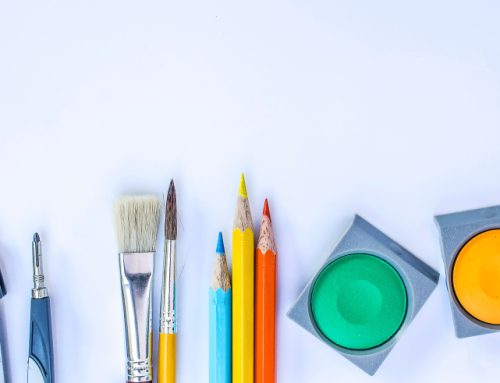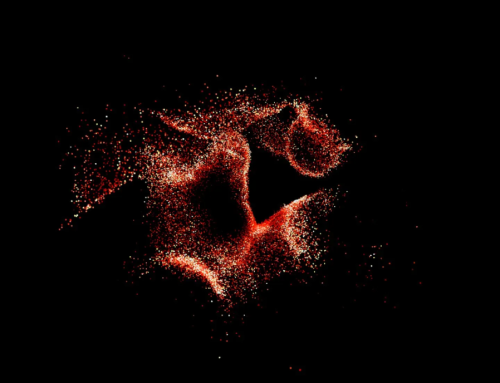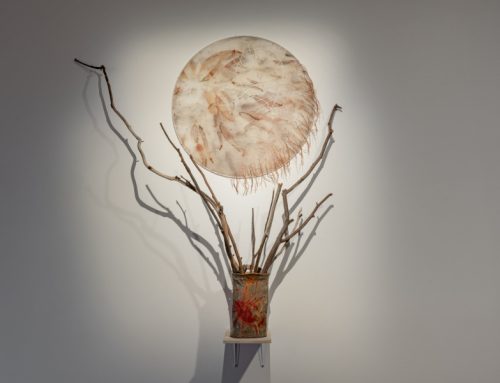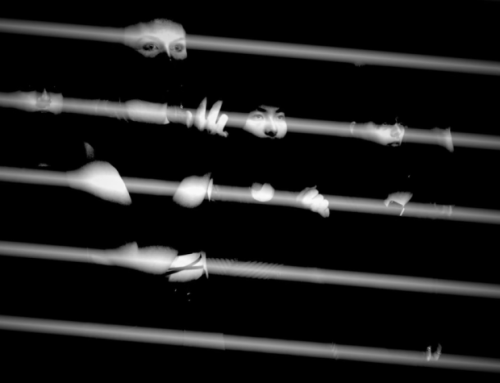Sharing research to a wider audience
As an academic in the health sciences field, I have experienced repeated frustration with respect to typical forms of academic currency – namely, peer reviewed publications and scientific presentations — and the fact that they tend to reach only a very limited audience, primarily other academics. While this is important, there are many other stakeholders, including service providers, policy makers, families, health care consumers, and the general public who need to be aware of the findings of our research. I have a particular interest in how the creative arts can be used in the design, process, analysis, interpretation, and communication of research results.
Can critical research findings be extracted and portrayed via the arts?
Dance your PHD

Beyond the scholarly literature highlighting the benefits of arts-based research to engage communities and share meanings with wider audiences, there is burgeoning interest in the intersection of arts and research.
For example, “Dance Your PhD” contests have attracted great public interest, as students translated their dissertations into movement.
Pioneered by Science Magazine, Dance Your PhD brought research from the walls of academic institutions into public view. Dance is viewed as a useful instrument of communication and education.
My own use of the arts in the research process began with a partnership with a dance choreographer, who worked with her creative team of a musician and dancers, alongside my research team – to co-produce a 15 minute performative dance based on a qualitative research study of the narratives of help seeking by young people impacted by psychosis.
Dance as Process
 Participant observation, audiotaped meetings, and field notes were used to analyse collective interchange and document ways in which the research and creative teams defined (and redefined) their situation through interaction with others. We engaged in narrative or dramatic coding of the transcripts and identified the text to be used for particular narratives or to inform character or scene development. It was an unfolding process, characterised by ongoing negotiation – balancing didactic and aesthetic claims, managing reservations and taking risks (Boydell 2011a, 2011b, 2020).
Participant observation, audiotaped meetings, and field notes were used to analyse collective interchange and document ways in which the research and creative teams defined (and redefined) their situation through interaction with others. We engaged in narrative or dramatic coding of the transcripts and identified the text to be used for particular narratives or to inform character or scene development. It was an unfolding process, characterised by ongoing negotiation – balancing didactic and aesthetic claims, managing reservations and taking risks (Boydell 2011a, 2011b, 2020).
The dance was performed nationally to students in secondary school settings in Canada and internationally to creative industries and at academic conferences. The data collected on audience response demonstrated that dance has the potential to be a highly efficacious and engaging method of knowledge transfer, particularly regarding complex material (human emotion and interpersonal relationships). Research audiences also identified its potential to educate and sensitise people about psychosis, ultimately reducing stigma. The research based dance was featured in a documentary film by Sandbox Films.
Boydell, K.M. (2020). Using Performative Art to Communicate Research: Dancing Experiences of Psychosis. LEARNing Landscapes, 13(1), 77-85.
Boydell, K.M. (2019). The journey to a wider understanding of ways of knowing: Knowledge translation and the arts. LEARNing Landscapes. 12(1): 19-27.
Boydell, K.M. (2011a). Using performative art to communicate research: Dancing experiences of psychosis. Canadian Theatre Review. 146:12-17. Doi: 10.3138/ctr.146.12
Boydell, K.M. (2011b). Making sense of collective events: the co-creation of a research-based dance. Forum Qualitative Sozialforchung/Forum: Qualitative Social Research. 12(1), Art. 5, http://nbn-resolving.de/urn:nbn:de:0114-fqs110155.
Denzin, Norman K. (2003). The call to performance. Symbolic Interaction 26.1: 187–207.
Gadamer, Hans G. (1975). Truth and Method. New York: Seabury Press.
Jones, Kip. (2006). A Biographic Researcher in Pursuit of an Aesthetic: The Use of Arts-Based (Re)Presentations in ‘Performative’ Dissemination of Life Stories. Qualitative Sociology Review 2.1: 66–85.





